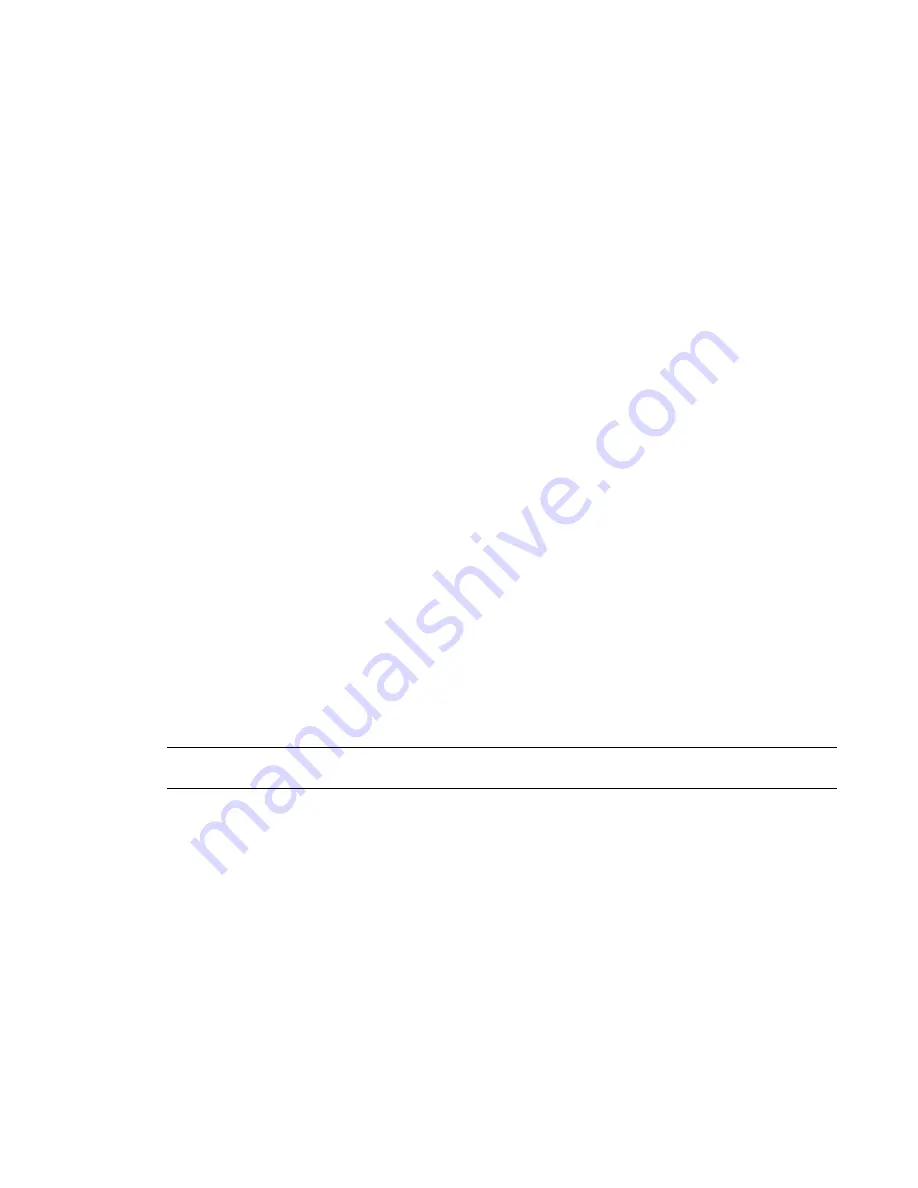
Tileable textures
If you want to make your own texture that can be repeated like a tile (a tileable texture), take a high quality
photograph of the material. Use this photograph to make it a tileable texture. (You can do this using a
product like Adobe
®
Photoshop
®
, or use an application that is designed specifically for creating tileable
textures.) Then specify this image file for the texture or bump pattern of the material. Specify the sample
size so that it displays in the building model using the correct proportions.
Light bulbs
If you want the surface of a light bulb to display in a rendered image, create geometry for it in the lighting
fixture family. Then apply a material to it whose render appearance is Glass Light Bulb On. This render
appearance models the surface of a light bulb that is turned on. It is white, shiny, and emits the appropriate
amount of light. See
Creating a Lighting Fixture with One Light Source
on page 1169.
Sunscreens
To create a material that renders like a semi-transparent fabric or sunscreen, start with the Fabric Mesh render
appearance. Then define the render appearance properties as follows: Glossiness = 1, Transparency = 1,
Translucency = 0, Luminance = No self-illumination.
Changing Material Identity Data
1
Open the Materials dialog, and select the material to change.
Click Manage tab
➤
Project Settings panel
➤
Materials. See
on page 470.
2
Click the Identity tab.
3
Edit the parameters as necessary.
See
on page 488 and
on page 487.
4
Click Apply.
5
To exit the Materials dialog, click OK.
Adding a Material Class
You can add a material class when you want to make it easy to find a particular set of materials. For example,
when you create a custom material, you can create a material class for it.
NOTE
You cannot delete or change existing material classes. However, you can assign a different material class
to a material.
To add a material class
1
In the Materials dialog, select the material that you want to assign to a new material class.
See
on page 470.
2
Click the Identity tab.
3
For Material Class, enter the new material class name.
4
Click Apply.
5
In the left pane of the Materials dialog, under Materials, click the list arrow for Material Class.
The new material class displays in the list.
You can assign the new material class to more materials, as appropriate. You can also use the new material
class to narrow the scope of a material search.
Changing Material Identity Data | 487
Содержание 256B1-05A761-1301 - AutoCAD Revit Structure Suite 2010
Страница 1: ...Revit Architecture 2010 User s Guide March 2009 ...
Страница 4: ......
Страница 42: ...xlii ...
Страница 84: ...42 ...
Страница 126: ...84 ...
Страница 166: ...124 ...
Страница 229: ...Schedule Field Formatting Calculating Totals Specifying Schedule Properties 187 ...
Страница 230: ...Schedule with Grid Lines Schedule with Grid Lines and an Outline 188 Chapter 5 Project Views ...
Страница 304: ...262 ...
Страница 427: ...Defining the first scale vector Defining the second scale vector Resizing Graphically 385 ...
Страница 454: ...Before painting applying material to stairs 412 Chapter 8 Editing Elements ...
Страница 456: ...414 ...
Страница 486: ...444 ...
Страница 674: ...632 ...
Страница 802: ... Attachment Style Cut Column Attachment Justification Intersect Column Midline 760 Chapter 13 Architectural Design ...
Страница 809: ...Curtain wall Curtain Grid Curtain Walls Curtain Grids and Mullions 767 ...
Страница 994: ...952 ...
Страница 1016: ...974 ...
Страница 1204: ...1162 ...
Страница 1290: ...1248 ...
Страница 1318: ...1276 ...
Страница 1372: ...1330 ...
Страница 1382: ...1340 ...
Страница 1462: ...1420 ...
Страница 1492: ...1450 ...






























